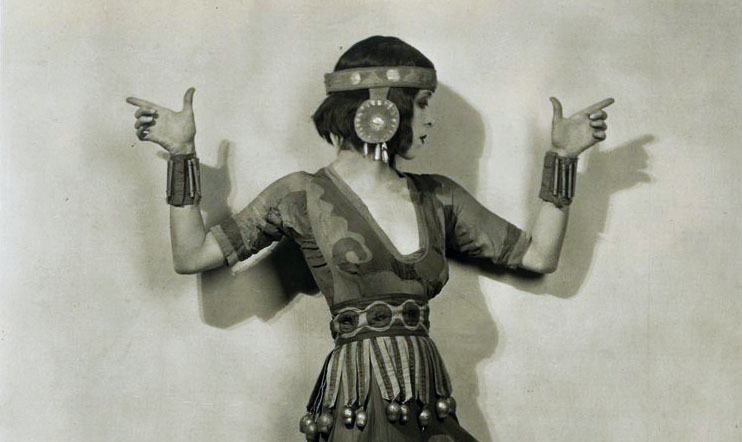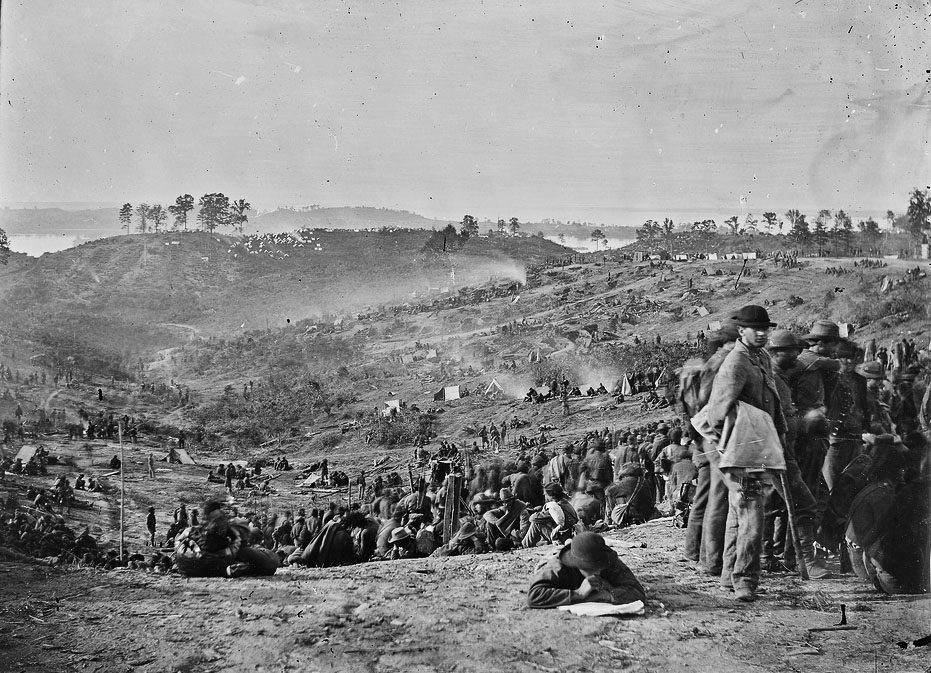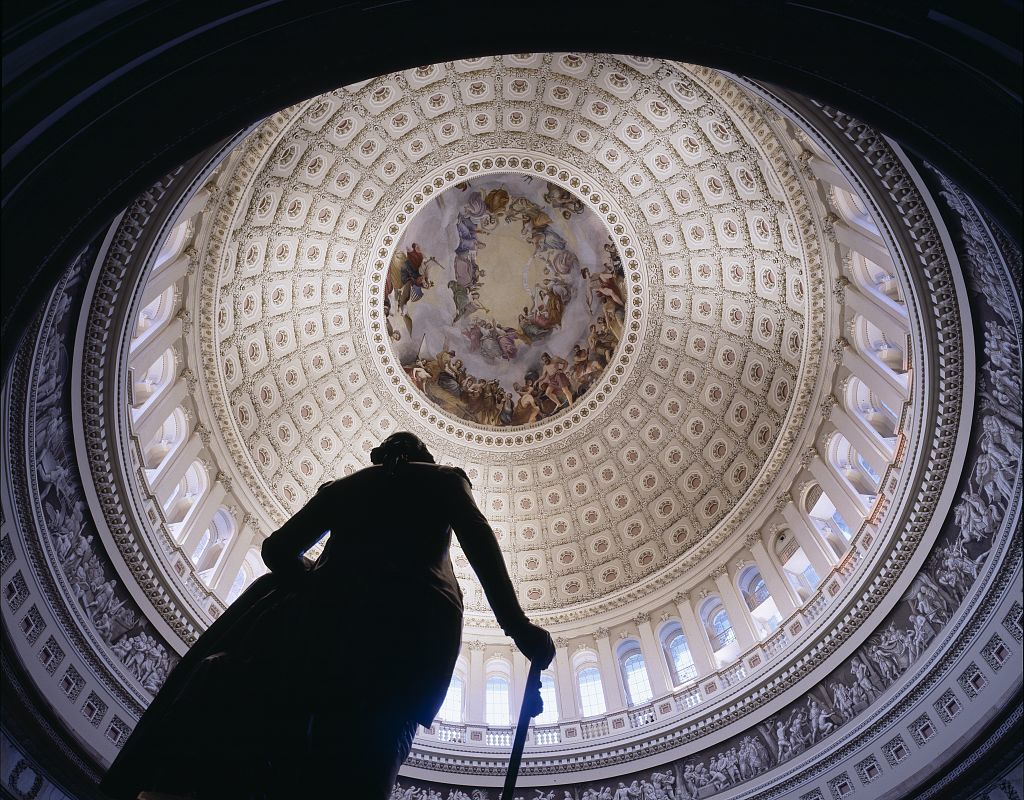Picryl
Every field has its revolutionaries – dance is no different.
Who was the father of American photojournalism? Here’s a look at the Civil War work of Mathew Brady.
Wake up and smell the independence. Thomas Jefferson urged 18th century Americans to think of themselves not as colonial Englishmen, but as a new culture. To that end, he used architecture to serve as a visual reminder of America’s proud new direction.


